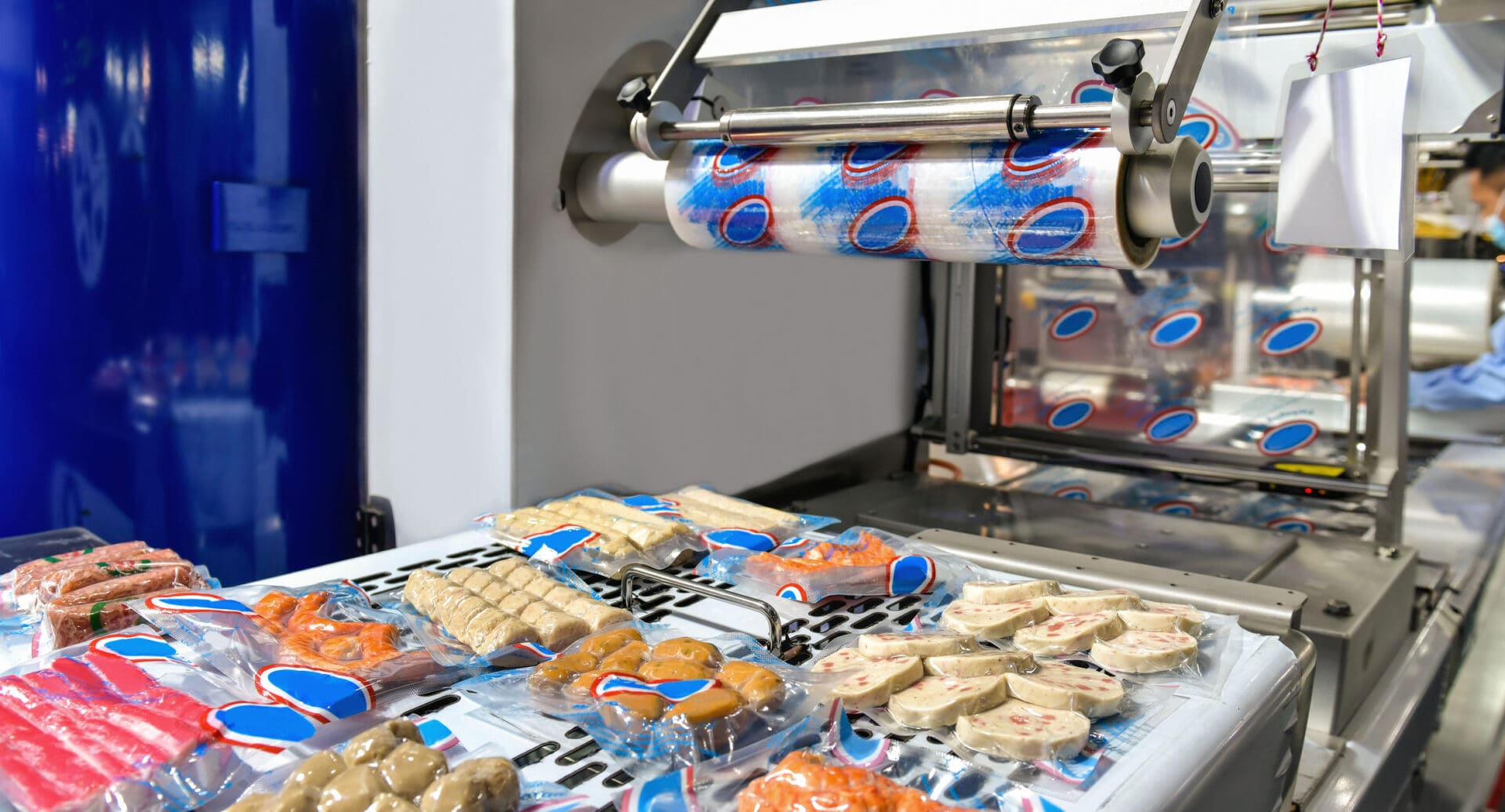
Vinyl acetate is a clear, colourless liquid with the molecular formula C4H6O2. It has a sweet, pleasant, fruity smell, but the odour may be sharp and irritating to some people. You can easily smell vinyl acetate when it is in the air at levels around 0.5 ppm. It readily evaporates into air and dissolves easily in water. Vinyl acetate is flammable and may be ignited by heat, sparks, or flames.
Vinyl acetate is used to make other industrial chemicals (such as polyvinyl acetate polymers and ethylene-vinyl acetate copolymers). These other chemicals are used mostly to make glues for the packaging and building industries. They are also used to make paints, textiles, and paper. The Food and Drug Administration (FDA) has determined that vinyl acetate may be safely used as a coating or a part of a coating that is used in plastic films for food packaging and as a modifier of food starch.

Vinyl acetate does not occur naturally in the environment. It enters the environment from factories and facilities that make, use, store, or dispose of it.
Vinyl acetate breaks down readily in the environment.
It takes about 6 hours for one-half of the chemical to break down in the air.
It takes about 7 days for one-half of it to break down in water.
It is not known how long vinyl acetate stays in the soil
You can be exposed to vinyl acetate through industrial facilities, accidental spills, and products that contain the chemical, like glues and paints. If you live near factories or waste sites that handle vinyl acetate, the most likely ways you'll be exposed are by breathing contaminated air or drinking water. Exposure can also happen if your skin comes into contact with products made using vinyl acetate. Additionally, you might ingest it if food is packaged in plastic films that contain vinyl acetate. However, most exposure occurs in workplaces where vinyl acetate is made or used. Workers may breathe it in or absorb it through their skin when handling vinyl acetate solutions.
Vinyl acetate can enter your body in three ways:
No human data is available on reproductive or developmental effects. In animal studies, rats exposed to high levels showed reduced body weight gain and, in severe cases, foetal growth retardation. However, this may be due to the mother’s weight loss, not a direct effect on the foetus. Minor skeletal defects in foetuses were also seen at high exposure levels.
There’s no human data on vinyl acetate’s carcinogenic effects. Rats exposed by inhalation developed nasal tumours, while those given vinyl acetate in drinking water showed liver and thyroid tumours. However, the study had limitations, and another study showed no treatment-related tumors. The EPA has not classified vinyl acetate for its potential to cause cancer in humans.
Eye Contact: Remove contact lenses and flush eyes with water for 15 minutes. Seek medical attention if necessary.
Skin Contact: Wash skin immediately with water and soap. If irritation persists, seek medical attention.
Inhalation: Move the person to fresh air and seek medical help immediately.
Ingestion: Do not induce vomiting. Check for mouth injuries and seek medical attention.
Vinyl acetate is flammable, with an auto-ignition temperature of 402°C. In case of fire, use a dry chemical powder for small fires and alcohol foam or water spray for larger fires.
For large spills, use additional protection like a full suit, boots, and a self-contained breathing apparatus. Consult a specialist for extra safety measures.
Safe Work Australia: Safe Work Australia has established the following exposure limits for vinyl acetate: